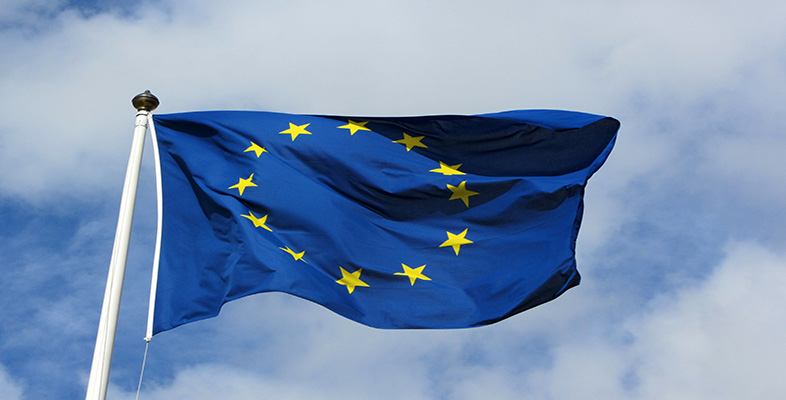1.4.2 Unification and the EU
With the development of the EU an arena for collective action has appeared. But, as we shall see in SubSection 1.4.3, it is rather limited and it cannot be compared to the public sphere of the member states. Although collective actors have reacted to the emergence of new European-based institutions, due to internal constraints not all are in the same position to make the best of the EU opportunities. According to Marks and McAdam (1996) three areas should come under scrutiny:
-
Labour movement. The EU has had an important impact on industry, but while firms have become transnational, trade unions are still much constrained by being state-based. Multinational firms can out manoeuvre national unions by relocating all or part of their business to another country where the labour movement is less organised or less powerful. Attempts to create European-based trade union organisations led to the forming of the European Trade Union Confederation (ETUC) in 1973, representing more than 40 federations in over 20 countries. In practice, however, the ETUC has little power and, because of national constraints and idiosyncrasies (different legal frameworks in each country), it is not very effective.
-
Regional movements. Encouraged by the Maastricht Treaty and the principle of subsidiarity, regions and stateless nations are not only represented individually in Brussels but they have organised themselves on a European basis. They constitute an increasingly powerful pressure/lobbying group. The best known is perhaps the Association of European Regions. Ethnonations, that is, stateless nations, see in the EU of the future a guarantee for their survival as differentiated entities and an alternative to the issue of independence.
-
New social movements. Following on the Common Environmental Policy of 1972, the environmental movement has become ever more powerful. The policies of the EEC/EU have encouraged this kind of action. Both the Commission and the European Parliament have taken an active role in promoting environmentalism, often against the wishes of the states (Baker, 2001). Four major organisations have a base in Brussels: the European Environmental Bureau and the European offices of Friends of the Earth, WWF and Greenpeace. They operate at a European level, lobbying, gathering information, educating and using the European Court.
There is little doubt that different collective actors will play an increasing role in European affairs. How far this will create a level playing field in the EU is still open to contention. During the 1980s almost all socialist parties made a serious commitment to the European community. This represented a major change of orientation for many of them, having hitherto shown varying signs of euroscepticism; the British Labour Party was a case in point. However, following the Brussels meeting of 1989, the socialist parties of the EEC/EU intensified their collaboration and established a variety of cultural and organisational networks which meant an important affirmation of Europeanness. The Treaty of Maastricht was endorsed by all social democratic parties, despite some factual reservations expressed by the British Labour Party. It was obvious to them that socialism needed to operate at the EU level or it would lose power within each individual state (Melò, 1993).
As for the Western European communist parties, they were originally strongly against European unification. This was particularly true of the French Communist Party. By the 1970s the gap between communist and non-communist support for the EEC began to narrow. The Italian Communist Party took the lead in this movement. More recently, communist and ex-communist parties have manifested their commitment to the EU, though in some countries (Greece, France and Spain) there still persists rhetoric against what they call the ‘Europe of capitalists’.
Finally, a word of caution in relation to the convergence of the European elites. Although it has been assumed that the area of industry and business is the most Europeanised one, important differences still persist between different EU countries. In a comparison between business elites in three major European countries (France, Germany and the UK), Bauer and Bertin-Mourot (1999) have shown that the national models of business leadership are still firmly entrenched in their respective countries, making it difficult for a European model to emerge (see also Dent, 2001). While European integration is strongly visible in the marketplace, the elite in big business is still reproduced in ways specific to each nation state. In their study, the authors emphasised that while in France they have compartmentalised hierarchical ranks, in Germany there is a high degree of differentiation of the ruling class along with low horizontal circulation among elites. The British system exhibits a degree of social openness, in which there are opportunities for upper-level white-collar workers. In the French system the validation of merits before entering work is the result either of inheritance or of academic achievement; in Germany the authority of the business head has to be legitimated all along, hence the importance of ongoing education and training. In Britain, occupational mobility is turned toward short-term financial earnings.
